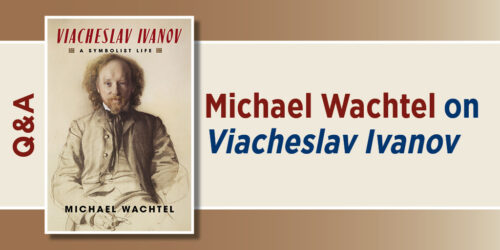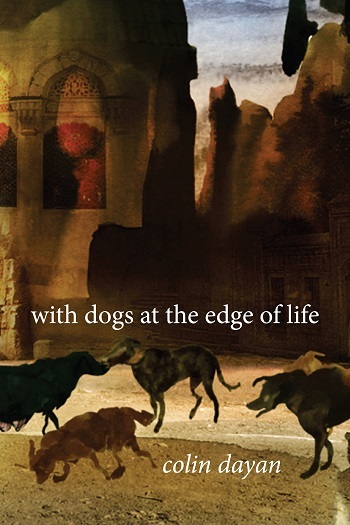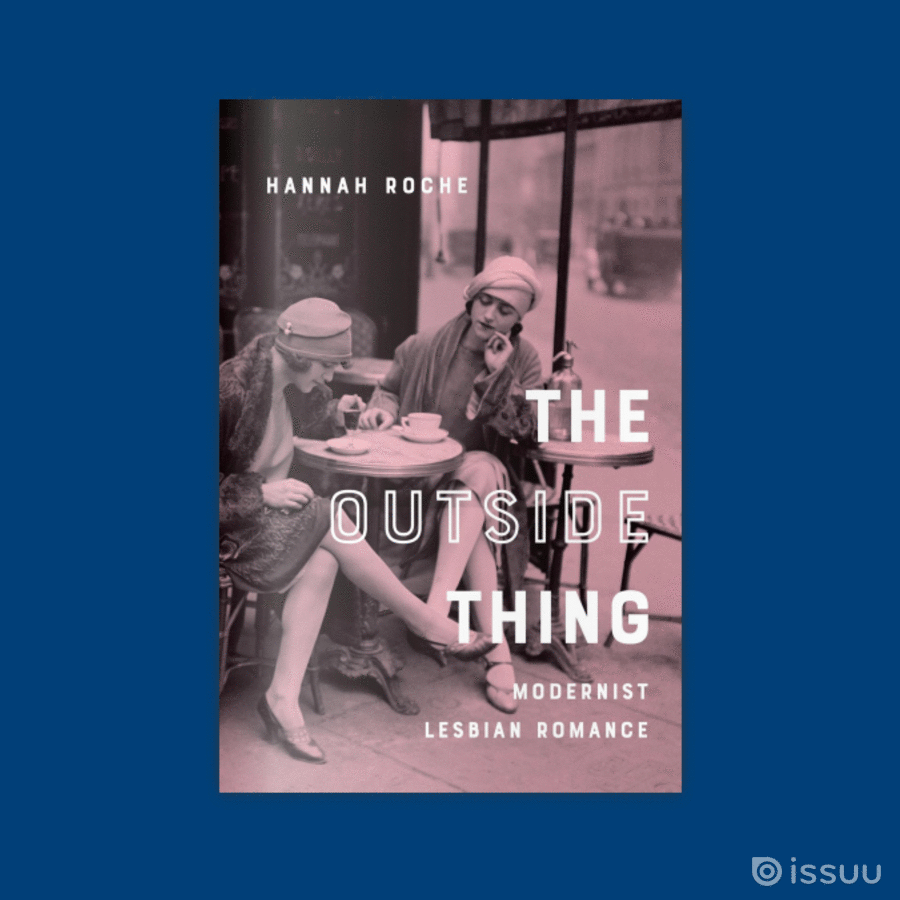Interview with Jonathan Freedman, author of Klezmer America
 Question: So, why did you write this book?
Question: So, why did you write this book?
Jonathan Freedman: The question any author dreads—and hopes for! I’ve been teaching and writing a lot about the Jews in America and was wondering why so much of the critical writing of the last twenty years focused on the relation between Jewish and African American culture.
There are lots of good reasons for this: their relation has been fraught with a mixed sense of intimacy and resentment, from the time of the civil rights era going forward, and that sense is often reflected in jazz, movies, and literature. So, for example, the complex story of Jewish engagement with black culture has been powerfully told through the prism of Al Jolson’s appearance in blackface in The Jazz Singer (1927), where appreciation veered into appropriation and cross-racial identification into an affirmation of whiteness.
But it seemed to me that as we moved into the twenty-first century, a new set of configurations has been emerging in the United States—one in which ethnicity, sexuality and gender rival race as determinants of identity and as markers of cultural meaning. Jewishness seemed to me fully engaged in these multiple arenas—in ways that emphasized the instability of all the identities so involved.
I especially considered the relation of Jews to groups with whom they are often not compared, such as Latinos and Asians—people who don’t fit the model of assimilation and acculturation—that’s so frequently linked to the Jewish experience on these shores.
So to make a long story short, I set out to trace what happens when Jewish examples, texts, circumstances get put into relation with these various sets of identities and experiences—and the works in many artistic media that shape and reflect that complex interchange.
Q: Is this is a recent phenomenon?
JF: No, to the contrary. As I was writing the book I discovered that there is a long history of intertwining relations between Jews and other ethnic groups, from the sixteenth-century expulsion of Jews from Spain and their arrival/survival in the New World to the eighteenth century’s identification of Jews and Chinese as merchants and traders. These intertwining relations continued through the next several hundred years, leading to the fascinating narratives of Crypto-Jews—people who claim to descend from the Iberian diaspora and who continue to practice their faith in secret—and the identification of Jews and Asians as “model minorities”—people who are making their way into the American mainstream through devotion to education, family and economic sacrifice. But, in both cases, I also found a remarkable set of contemporary narratives that reflected on these experiences—books such as Kathleen Alcalá’s Spirits of the Ordinary or Achy Obeja’s Days of Awe—as well as ones that treated them ironically, especially those of Asian Americans who invoked the Jewish experience in such a way as to question or challenge the model minority—such as Gish Jen’s Mona in the Promised Land or Han Ong’s Fixer Chao.
Q: Does the book focus on popular culture?
JF: Yes and no. For me, the target is how culture and ethnic identity-making work in tandem. This process, it seems to me, also applies to the ethnic and racial identities that get articulated and reshaped through literature, art, theater, and music. They too are constantly shifting, sometimes for the better, sometimes for the worst, but in ways that are frequently surprising and always interesting. In this sense, imaginative culture is a leading indicator—it’s always ahead of where society is and tells us a lot about where it’s going.
Q: Is that why you write about klezmer?
JF: Yes, klezmer for me is a great example of this process. It’s a continually evolving musical tradition that grows out of Eastern European Jewish culture. It was shaped not only by Jews but also by the music of the people among whom they lived—Gypsies, Russians, Poles, and so on. As klezmer performances moved to America in the 1920s, its use reflected Jews’ interaction with other groups and then, when it got revived in the 1980s and 1990s, came to reflect Jews’ shifting relations to their own history. And given the ways in which the klezmer scene has morphed in recent years to dialogue with queer culture, it reminds us of how gender, sexuality, and ethnicity, in new combinations, work. Klezmer serves as a replacement, I hope, for the worn-out metaphor of the melting pot.
Q: What about Jewish immigrants today?
JF: New patterns of Jewish immigration—from the former Soviet Union in particular—have brought new writers, such as Gary Shteyngart and David Bezmozgis, who reframe the immigrant narrative in ways that resemble their Asian American, not their Jewish American, predecessors. They are either parodic or critical of the old stories of immigrant success and they point the way toward a new style in which Jews are freed from their obligation to represent much of anything beyond themselves and freed as well from serving as a model for other minorities.
Q: And what will they make of that new status—become simply Americans, like any other group, and hence un-Jewish? Or are they creating new models of Jewishness?
JF: Tough—but exciting—to say. I’d incline toward the latter. One of the things I talk about in the book is the way in which Jewish assimilation to dominant norms (a.k.a. acculturation) might be thought of as de-orientalization—a term very much in currency in the 1920s. In that period even eastern European Jews were thought of as racially originating from the Near East. Many stereotypes that went along with putative oriental identity, such as hyperemotionality, ecstatic religious practices, and sexual abnormality, were ascribed to them. So people like Isaac Berkson, an educational reformer, called for the casting off of their oriental customs and clothes as a way to become American. Now, Jews, especially of the younger generation, are eagerly reembracing precisely these qualities, in the music they listen to, their dress (witness the popularity of Sephardic kipot), and their religious practices—think of the reemergence of Kaballah. They are, in essence, re-orientalizing, which is fascinating.
Q: But even Madonna is into Kaballah!
JF: Exactly, which is to say that maybe the process that the book has been treating, the klezmering of America—the tendency for Jewish themes, materials, and imaginative production to supply a model for new ethnic dispensation across the board—has been going on deeper and more intensely than I reckoned when I started the book. At any rate, we are facing an entirely new United States in the next generation, one in which white Americans will be in the minority and Latinos, Asians, and African Americans will be an increasingly large component of the body politic. It will be fascinating to see what new patterns the twenty-first century will bring and what new imaginative productions accompany them. Jewishness has shaped our understanding of ethnicity across the board, from the 1920s to the present day. The things I hope my book will do is help people see the tremendous vitality available within the field of Jewish cultural production (this is really the most exciting time in Jewish American culture making since the 1920s) and to experience the ways that—in dialogue with this example, parallel to it, and sometimes critical of the Jewish example—artists of other identities and persuasions create new forms of identity and, with them, new vehicles of experience.







1 Response